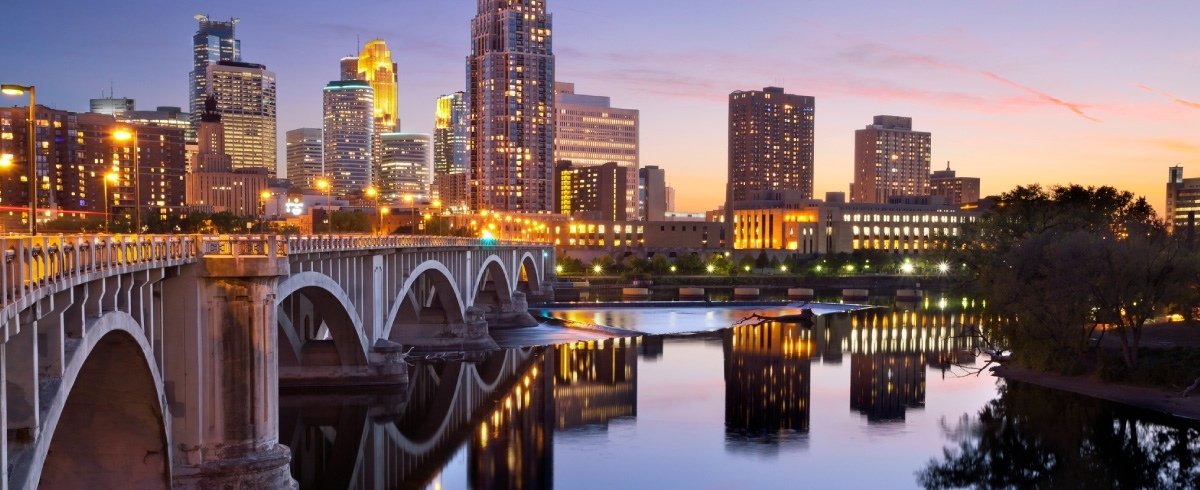UMN & Minneapolis

Any student pursuing graduate study with the Minnesota Institute for Astrophysics will be spending the next five years living in Minneapolis.
The University of Minnesota is one of America’s leading research universities. It regularly ranks among the top in receipt of federal grants for research and development, and its Graduate School has been rated among the six best in American public universities. The University is large, with about 10,000 graduate and professional students and 35,000 undergraduates. These students come from all 50 states and over 100 foreign countries.
The Minnesota Institute for Astrophysics is a unit of the School of Physics and Astronomy, within the College of Science and Engineering (CSE). The Physics Program in the School has strong programs in a number of areas that complement the astrophysics program, such as cosmic ray and space physics, as well as elementary particle/early universe physics and condensed matter physics. CSE also encompasses chemistry, earth sciences, mathematics, computer science, and engineering. A number of these departments are ranked at or very near the top of their respective fields.
The city of Minneapolis is home to the Minnesota Institute for Astrophysics, with the University straddling a wooded gorge of the Mississippi River. Minneapolis and St. Paul form the nucleus of the Twin Cities metropolitan area, which has more than two million inhabitants. One of the largest concentrations anywhere of technologically based industry helps keep the Twin Cities economically vibrant. Such companies as 3M, Honeywell, Cray Research and Control Data are locally based.
The University is convenient to the region’s numerous recreational and cultural activities. The Twin Cities are home to two major symphony orchestras, the Minnesota Orchestra and the St. Paul Chamber Orchestra. The area has become a center for jazz and rock music performance and recording. Two major art museums, the Tyrone Guthrie Theater, and numerous other organizations associated with classical and contemporary performing and graphic arts contribute to the rich cultural environment. In addition, major performing groups ranging from Broadway road shows to front-line rock groups visit throughout the year.
Major league sports teams—the Minnesota Twins, Wild, Vikings, and Timberwolves—play in local arenas, including the U.S. Bank Stadium, which is about a 15-minute walk from campus, and the acclaimed Target Field. Parks, clean lakes, and open spaces are abundant, providing recreational opportunities ranging from boating and swimming during the warm, pleasant summers to skating and cross-country skiing during the cold, snowy winters. Various festivals, such as the annual Renaissance Fair, Minnesota State Fair and Winter Carnival, add further spice to life in the Twin Cities area.